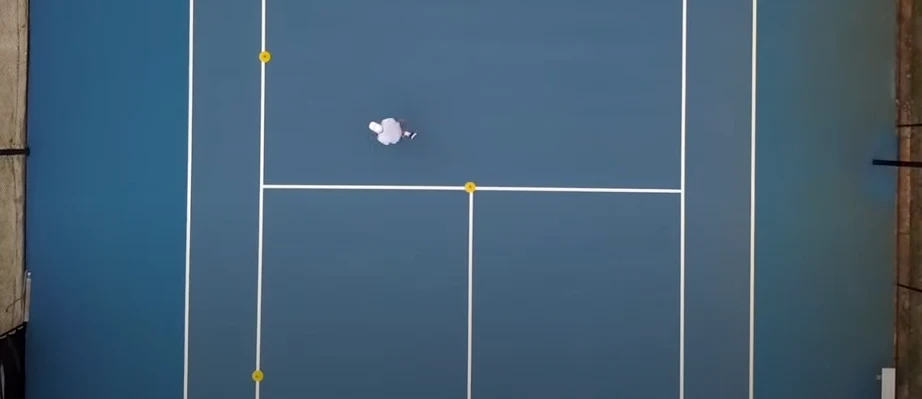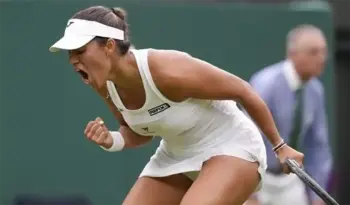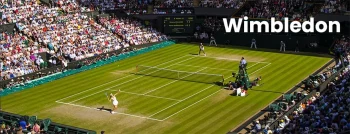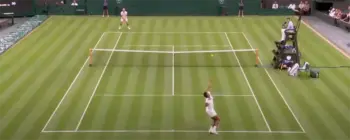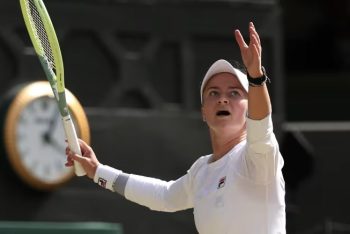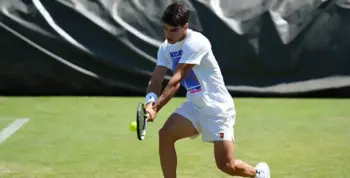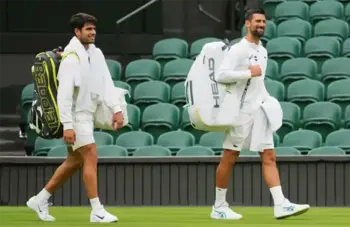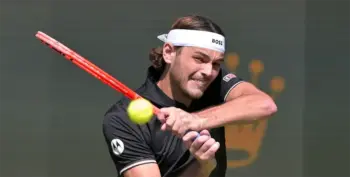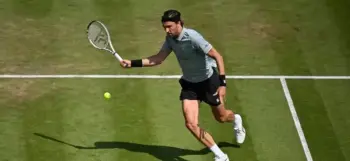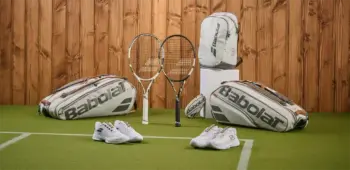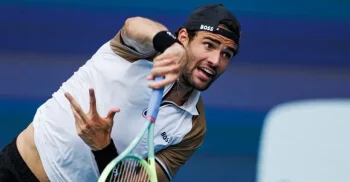Off-Season Tennis Fitness Tips
If you are located in the northern hemisphere, chances are that the days are getting shorter and colder. With this, playing tennis might become a bit harder day-by-day, so how do you get the best out of your off-season? Personally, with a background in fitness and competitive sports, I like to improve my fitness during this time, as it will allow me to perform even better come next year.
As a kick-off to an off-season mini-series, here are my 5 things to look for in your training this winter.
If you need help with your fitness training, we recommend checking out the Members Tennis Fitness program, use the code TENNISNERD for 10% off the subscription.
1 – Work on your foundation
If you want to build your fitness, you should have a good foundation to start from. This means your core and leg strength should not be up for question going forward. The best way to train these is still squats, whether it is with a barbell, kettlebells or simply air squats or variations. Incorporate this basic movement into your training and do so throughout a full range of movement. Start easy if you are new to squats and build your way from there, squats are easily the biggest bang for your buck timewise when you start with strength training.
Loaded squats also work your core, as it needs to stabilize your body through the movement. Your core is used heavily in tennis, where turning and getting out of position are incredibly important in the game. So, you want your core to be as well-trained as possible, to avoid injuries and to play at your best possible.
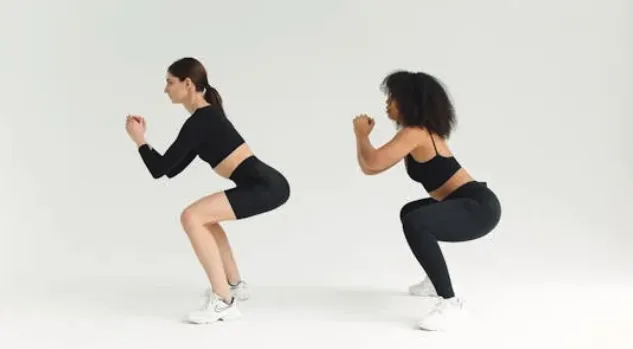
2 – Choose the right cardio for tennis
Tennis is a sport that needs endurance, without a doubt. And while I would always agree that any kind of cardio exercise is beneficial, I am convinced that focusing on the right length and intensity is important for players. A set of tennis is usually between 30 and 60 minutes for intermediate or local players, and points usually take no longer than a minute. You want to train for these types of efforts to be prepared. While building a foundation of endurance with runs or biking for around 60 minutes at a medium heartrate, your tennis-specific focus should be on applicable forms of cardiovascular training.
For example, you can run some short intervals where you run for 400m, rest walk for a minute and then run another 400m at a medium to high pace for you. This can simulate the experience on a tennis court, where you have short bursts of pace with rest in between.
3 – Get explosive!
This probably is not a big surprise, but you need to be explosive and move fast to excel at tennis. Every shot, from serve to backhand is better if you are able to generate your own pace and move fast. That is why you should also train this way, once you’ve built your foundations. Personally, I use my first months of off-season training to build strength and endurance and then get on to explosive power.
There are a couple of ways to do so – jumping, throwing, sprinting, etc – but the main point is, get explosive and move from your core to your extremities. And that does not by any means say that you should not focus on the form of your exercises. Foundation and good execution are, just like in tennis, a prerequisite to moving fast. Some of my favorite explosive exercises are box jumps, jumping lunges, med ball throws and on-court sprints in every direction. Get our there, get creative and most importantly, get explosive!
4 – Stretch to win!
We all have seen the famous Novak Djokovic split, where he hovers just an inch above the ground with his groin. Well, movement like this is only possible if you stretch and prepare your muscles and surrounding structures. If you are flexible and mobile, not only are you more prepared to perform, but your muscles also work better and are less likely to get injured. Stretching and mobilizing your body serves multiple purposes, but most importantly it aides your on-court performance.
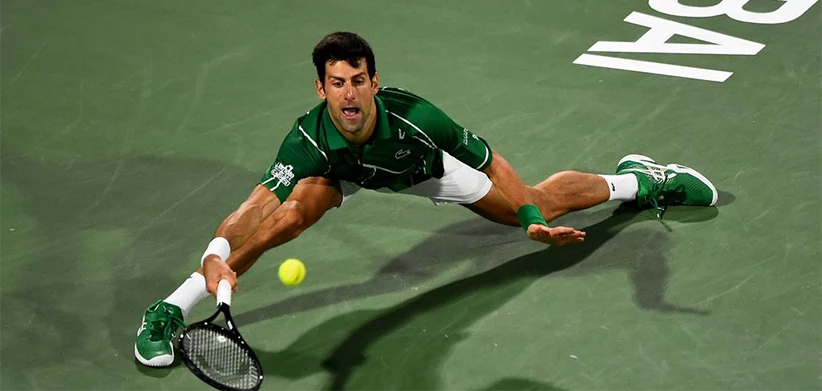
There are two types of exercises I would recommend – static stretching for recovery and active mobilization for warm-up and preparation. Static stretching is best used as a stand-alone training, be it in the morning right after waking or in the evening before going to bed.
I would not recommend it right before playing tennis or training, as it pre-strains your muscles in a way. Right before stepping in the gym, you want to actively mobilize your body with full range-of-motion movements, such as arm circles, leg swings or lateral lunges.
5 – Give it a good rest!
Chances are, you are neither Superman nor Wolverine. Us tennisnerds, no matter our level of fitness, need some recovery and rest from time to time. When you feel your body is strained from training, match-play or just the everyday life, give it a day of rest.
If you want to prioritize your fitness, you must also prioritize a healthy lifestyle. This starts with taking proper rest days, but also includes proper sleep and nutrition (more to follow on this part).
The ideal rest day is not just sitting on the couch by the way – it is an active day without strenuous training. Sleep well, eat healthy and go for a long walk around your local park or whatever is nearby. Maybe you want to include some stretching, a massage or a recovery bath into your routine these days but give your body what it needs to recover.
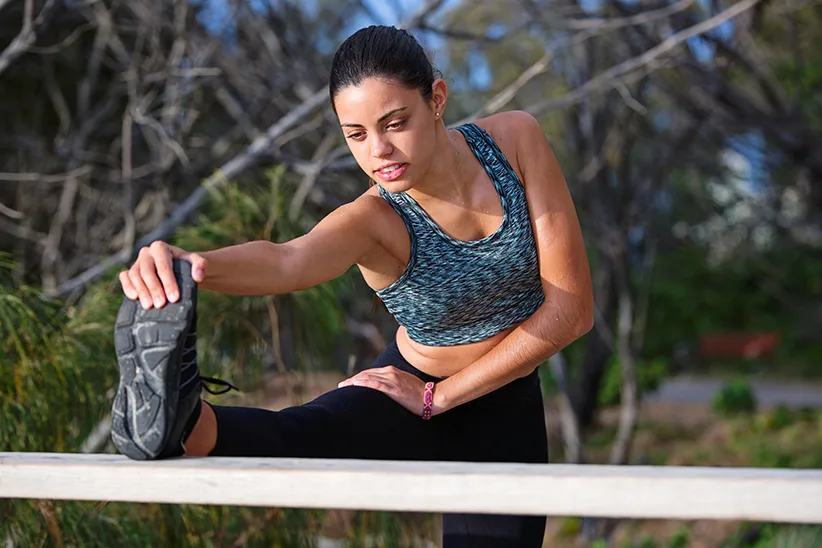
Did this article help you? Are you interested in more on off-season fitness and nutrition? Stay tuned for more soon on tennisnerd.net!
